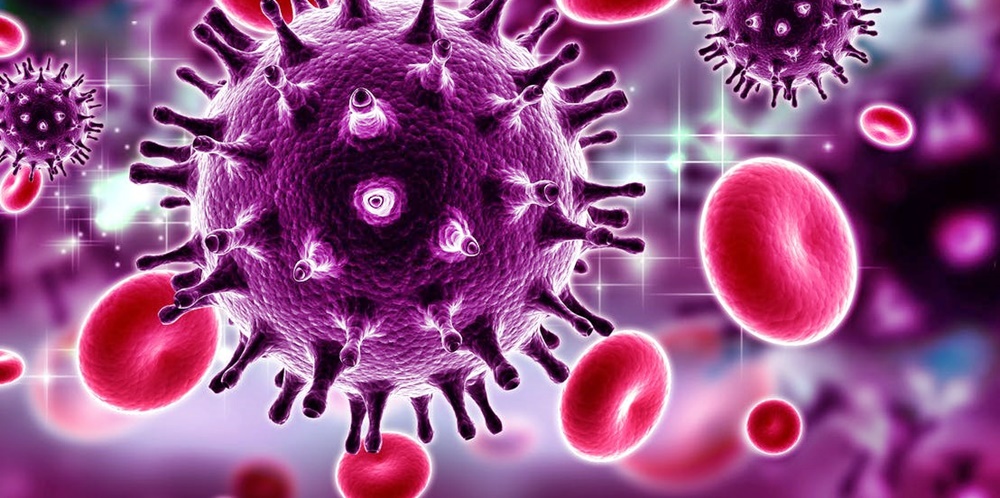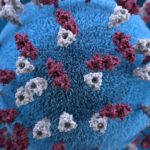HIV and AIDS – what is the difference?
The difference between HIV and AIDS is fundamental. HIV stands for human immunodeficiency virus, a virus that causes the acquired immune deficiency syndrome or AIDS. This virus causes weakening of the body’s immunity (immune deficiency) by the destruction of specific white blood cells called CD4+ T cells which have a protective role. After infection with this virus, it takes some time to develop AIDS. It means that all cases of HIV infection do not have AIDS but all cases of AIDS have HIV infection. So we need to understand two things in relation to this disease. One is HIV infection and the other is AIDS.
Mode of transmission of the HIV
The virus spreads primarily by the following routes:
- Sexual transmission – having unprotected sex (not using a condom) with a person who is HIV positive. It may be vaginal, anal or oral sex between a male and a female or between two males. Having multiple sexual partners or the presence of other sexually transmitted diseases also increases the risk.
- Sharing of needles or syringes by the drug addicts.
- Bloodborne–infected mothers can transmit this infection to babies during pregnancy, childbirth, or breastfeeding.
- Contaminated blood transfusion.
HIV infection
The initial infection with HIV or the primary infection may be asymptomatic or it may present with features like fever, enlargement of lymph nodes (in the axilla, neck and groin), sore throat and rash. Some may develop nausea, vomiting, and diarrhea. These symptoms last for 2-4 weeks.
AIDS
The syndrome or AIDS may take many years to appear after HIV infection is diagnosed in a patient with HIV infection when certain specific diseases occur or the CD4+ T cell count falls below 200/mm3 or CD4+ T-cell percentage of total lymphocytes of less than 15%. The pathogenesis of HIV infection involves a reduction in the number of CD4+ T cells. The immune status of a person with HIV is assessed by measuring the number of CD4+ T cells, and this is regarded as the standard method to assess the severity of HIV-related weakened immunity. Progressive reduction of CD4+ T cells over time is associated with the progression of HIV disease and an increased likelihood of opportunistic infections and other clinical events associated with HIV, including wasting and death. In the absence of treatment, about half of the patients with HIV infection develop AIDS. The aim of treatment is to reduce the viral load in the blood by giving anti-viral drugs. This keeps the CD4+ T cell count to safe levels.
Diseases associated with AIDS
People with AIDS have an increased risk of infections and cancer. The infections can be bacterial, viral or fungal. There is also an increased risk of parasitic infestations. Some of the infections are Pneumocystis pneumonia (lung infection), oesophageal candidiasis (fungal infection of the food pipe), herpes zoster, pulmonary tuberculosis, meningitis, bone or joint infection. Cytomegalovirus infection of the retina (eye) and toxoplasmosis of the brain occurs in the late stage of the disease. Almost any organ in the body is involved.
The most common cancer occurring in these patients has caked Kaposi’s sarcoma. It appears as reddish-purple nodules over the skin. It often occurs in the sun-exposed areas or other areas with increased susceptibility to injuries.
The second most common is lymphoma. There is 120 times increased incidence in comparison to the general population. It appears as an enlargement of lymph nodes in the body, brain, and lining of the lungs, heart, and abdomen. About 80% of the patients present with extra-nodal (not involving the lymph nodes) disease. It presents with fits, fever, weight loss, night sweats, headache, and paralysis.
Another cancer associated with AIDS is invasive cervical cancer (involving the uterus and spreading deeper). It is preventable by the proper recognition and treatment of cervical dysplasia which is the early and curable stage of this disease.




























